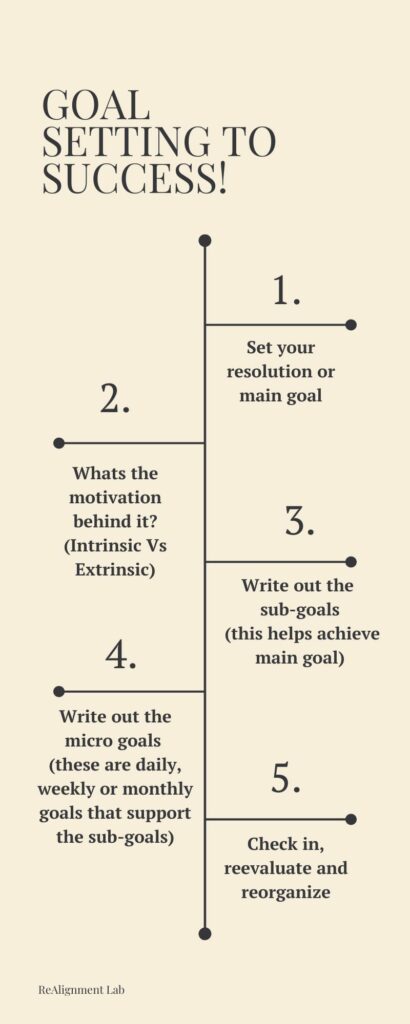Regrets and Resolutions; What does New Years mean to you?
I’ve always had mixed feelings around New Years, some melancholy around a chapter closing, perhaps some regrets around missing out or not achieving those resolutions made 12 months prior. But, also joy from rewinding the memory reel and uncovering lots of gratitude for things achieved and some goals even surpassed in surplus.
What I do love about December is using it as a time for reflection for the past 12 months. Our lives can get so hectic and time moves so fast that it can be easy to forget what happened last week let alone back in April!
I have some December rituals that I would like to share with you, in the hope that I might inspire some reflection, gratitude and goal setting. Because in the end, you are really only limited by your belief in yourself and your dreams.
Winter Solstice
December, it is my favourite month of the entire year. Christmas, New Years and the winter solstice, it really is a time for celebration and creation. But for those who perhaps do not know, what is the winter solstice?
The winter solstice, also called the hibernal solstice or the longest night, is when the Earth’s pole reaches its maximal tilt away from the Sun. Which means that day has the least daylight and longest night. It occurs only twice a year, once in each hemisphere.
For any of my spiritual readers, it also celebrates releasing and rebirthing. A time to look inward and honour all that we are, all that we have done and all that we are grateful for.
This year the winter solstice falls on December 21st, and if you would like to celebrate the shortest day of the year, there are plenty of ways to do it!
You could plant some winter bulbs, bake some bread, or solstice biscuits, or maybe hold a fire releasing ceremony.
One way I like to celebrate is to light a candle and write a list of all the things I wish to release and let go of from this year, then solidify it by burn it.
Remember, journaling or release writing, is a healthy way to release any frustrations, disappointments and to refresh the slate, so to speak, for the New Year that approaches.
Then topping off the occasion with some mulled wine or a cider to celebrate!
New Years Lists; Resolutions, Goal-Setting and why they can fail?
As Kyle can attest to, for me, December is all about lists! Reflecting, releasing and creating.
After Christmas, I turn my attention to the New Year. What do I want to achieve in 2023? There might be a lot of things, or maybe just one or two things. The way I see it, if I don’t have an idea of where I want to go, or what I want, how will I get it?
After I have made my list of things I want to achieve, the most challenging part is to plan the ‘how to’ on how to achieve them.
How many times have you created a New Years resolution only to fail, forget or get bored with it?
Believe me, we all have. But, over the years I have discovered a way to make the seemingly impossible, possible:

1. Goal setting, what is it?
Goal setting is the process of taking active steps at achieving desired outcomes. This process involves creating a plan that breaks goals into small goals to help increase the success and adherence rate of the main goal.
2. Set your resolution or main goal: Intrinsic Vs Extrinsic
Think long and hard about what it is that you most desire. Then I want you to ask yourself, is this goal motivated by intrinsic or extrinsic means?
Intrinsic goals are enjoyable and interesting to you, not because of any outside pressure. The act or goal itself is the reward. Eg. I exercise regularly because I enjoy how it makes me feel.
Extrinsic goals come from outside incentives or pressures, like external rewards or avoidance of punishments. Eg. I exercise regularly because if I don’t, I feel gross or guilty.
As you might be able to guess, intrinsic goals have a higher success rate because when you are motivated by something that you enjoy or makes you happy, you are more likely to do it.
3. Make a plan with sub-goals:
Once you’ve set your main goal (or goals), break them down into smaller sub-goals. When you make a resolution into smaller, actionable steps, you increase your chance of success because the goal becomes much more feasible.
For example… If your main goal is to lose weight then you need to plan how you are going to achieve this. One sub goal would be to increase your exercise or to clean up your eating. Another sub-goal could be to work with a personal trainer or nutritionist or purchase a gym membership.
4. Create daily, weekly and monthly micro goals that support the sub-goals:
In order to achieve your sub-goals, you need to create micro-goals that you can track and achieve daily, weekly and monthly. These smaller goals that are done on a regular basis will add up quickly to help you achieve your main goal.
For example…To achieve your main goal of losing weight, by exercising regularly (sub-goal), a micro-goal would be to walk 4x days a week for 30mins.
5. Check in, reevaluate and reorganize if needed:
Sometimes I find people fail their goals because they have forgotten to check in, or mark milestones to review their progress. It is important to set a review date, perhaps 6 weeks in, to review how all your goals are going.
That way if something is not going as planned it can be accounted for sooner, rather than months down the line. Also, it’s OK to change your mind. A goal that you started with in January might not be the right goal anymore. Perhaps you realized later that a goal was more motivating for someone else or something else, instead of what YOU truly wanted. It’s not about giving up, it is about doing things for the right reasons for you.
As you can see, goals and authentic motivations are complex. However, if implemented correctly a goal strategy can be a powerful tool for success.
Resolutions can sometimes fail because the goal does not have a strategic plan to help support its success. Another common reason for failure is because goals involve a change of habit, and habits can be hard to create, but even harder to change.
However, just because it’s hard does not mean it is impossible. That’s where intrinsic motivations come in and can really be the ‘make or break’ for success.
Another thing to keep in mind when you start to guilt trip yourself for a misstep towards your goals is to remember that we live in a society where we are groomed for instant gratification.
We unknowingly lose hope or motivation if we don’t immediately see success. As a health professional, let me tell you, the body is programmed for homeostasis which means it likes to keep things steady and the same. This means change takes time for the body to respond and adapt but I promise you it is possible!
Its all about patience and trust, and those days where its hard to stay on track, your goal strategy can be really helpful at reminding you how far you have come and what you have already achieved.
And remember, there are professionals out there that do this for a living (like us!)
If you want help or support in setting your goals for the New Year, reach out because we would love to help.
I’ve shared what December means to me and what rituals I’ve created for myself over the years, including some helpful tips and tricks around achieving those New Year resolutions.
I would love to hear about your holiday season and what you do, please comment below to share.
Wishing you a beautiful holiday season and a very Happy New Year,
Amanda xo
